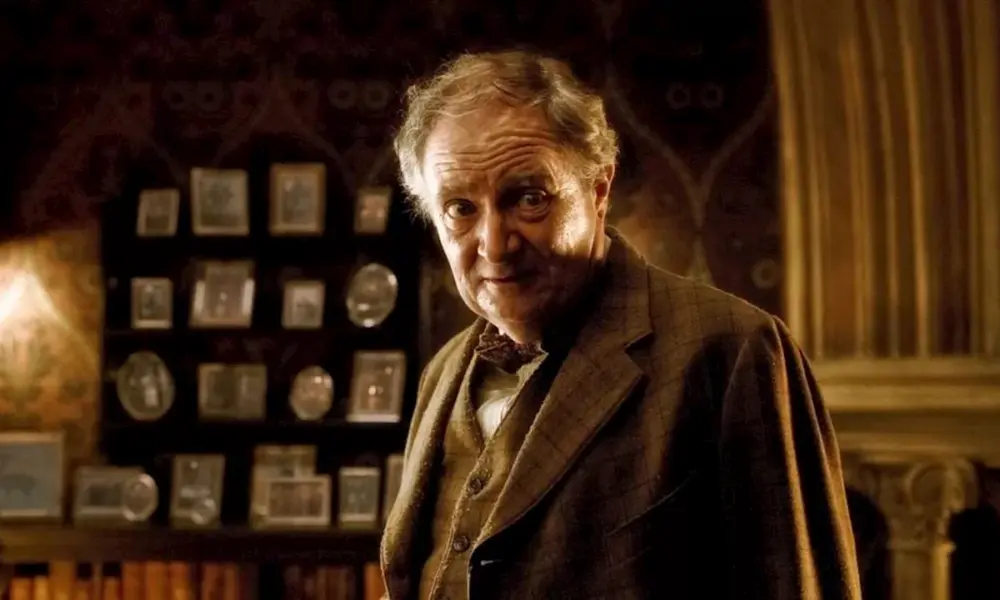The 1992 film “Death Becomes Her,” starring Meryl Streep and Goldie Hawn, continues to resonate with contemporary audiences, challenging societal attitudes toward aging. This dark comedy blends horror and humor, offering a critical lens on the obsession with youth that permeates modern culture.
The film centers on a love triangle involving a wealthy man and his two wives, which takes an unexpected turn as the narrative shifts focus from the man to the women. As the ex-wife, portrayed by Hawn, reappears youthful and alluring, the new wife, played by Streep, becomes consumed by jealousy. This rivalry escalates into a battle where both women resort to increasingly grotesque measures to reclaim their beauty, embodying the film’s central theme: the horror of aging.
The film cleverly subverts traditional horror tropes, presenting its real monster as the relentless passage of time rather than a physical antagonist. Streep and Hawn‘s performances elevate the film, making it a staple in the horror genre while also critiquing the extreme lengths individuals go to in pursuit of youth. The rejuvenation process, facilitated by a mysterious doctor, symbolizes the societal pressure to maintain an appearance of youthfulness.
“Horror is often about confronting our deepest fears,” said film critic and Yale University graduate Alex Johnson. “In ‘Death Becomes Her,’ the true horror lies not in disfigurement but in the societal obsession with beauty and youth.” The film’s narrative invites viewers to reflect on their own fears about aging, making it relevant even 30 years after its release.
As societal standards of beauty evolve, the film remains a poignant critique of our fixation on youth. Cosmetic procedures and anti-aging products are modern manifestations of the same fears that drive the characters’ actions in the film. This relevance is underscored by a recent Broadway adaptation and references in popular culture, including a music video by Sabrina Carpenter that directly nods to the film.
Despite its comedic and horrific elements, “Death Becomes Her” challenges audiences to confront their own insecurities regarding aging. Critics argue that the film’s outrageousness serves as a mirror to the extreme measures many take in the quest for eternal youth. The exaggerated portrayal of the characters’ disfigurements prompts a conversation about the lengths to which people go to adhere to societal expectations.
While some viewers may struggle to appreciate the film’s blend of horror and comedy, its underlying message about the fear of aging remains universally relevant. As one viewer remarked, “The film’s absurdity reflects the absurdity of our daily lives, where maintaining a youthful appearance can feel like a full-time job.”
In summary, “Death Becomes Her” deserves recognition not only for its entertainment value but also for its incisive commentary on aging and beauty standards. For those who appreciate both horror and humor, this film is a must-watch. Its themes resonate strongly in today’s society, reminding us that the true horror may not be found in the supernatural, but in our relentless pursuit of youth.







